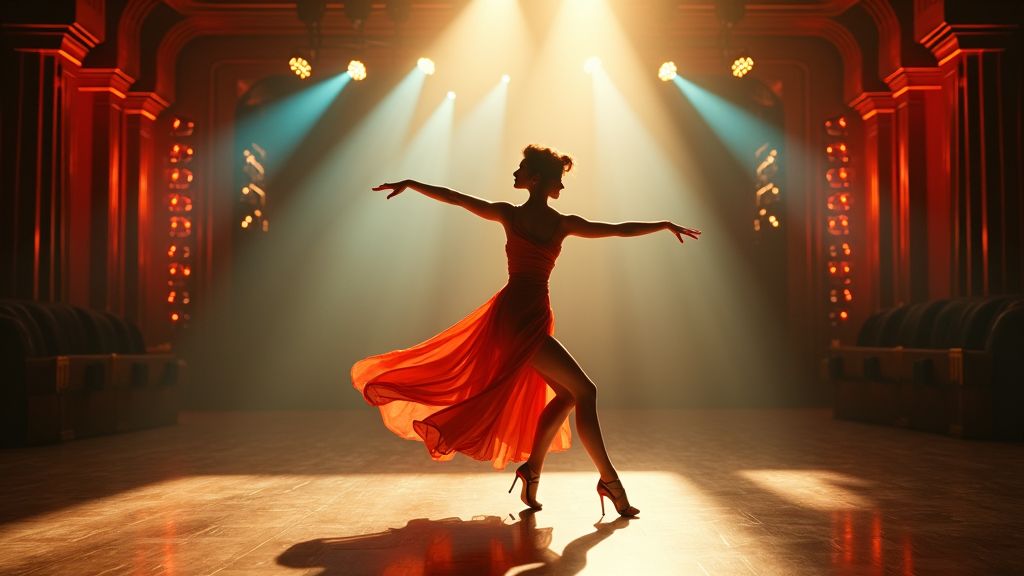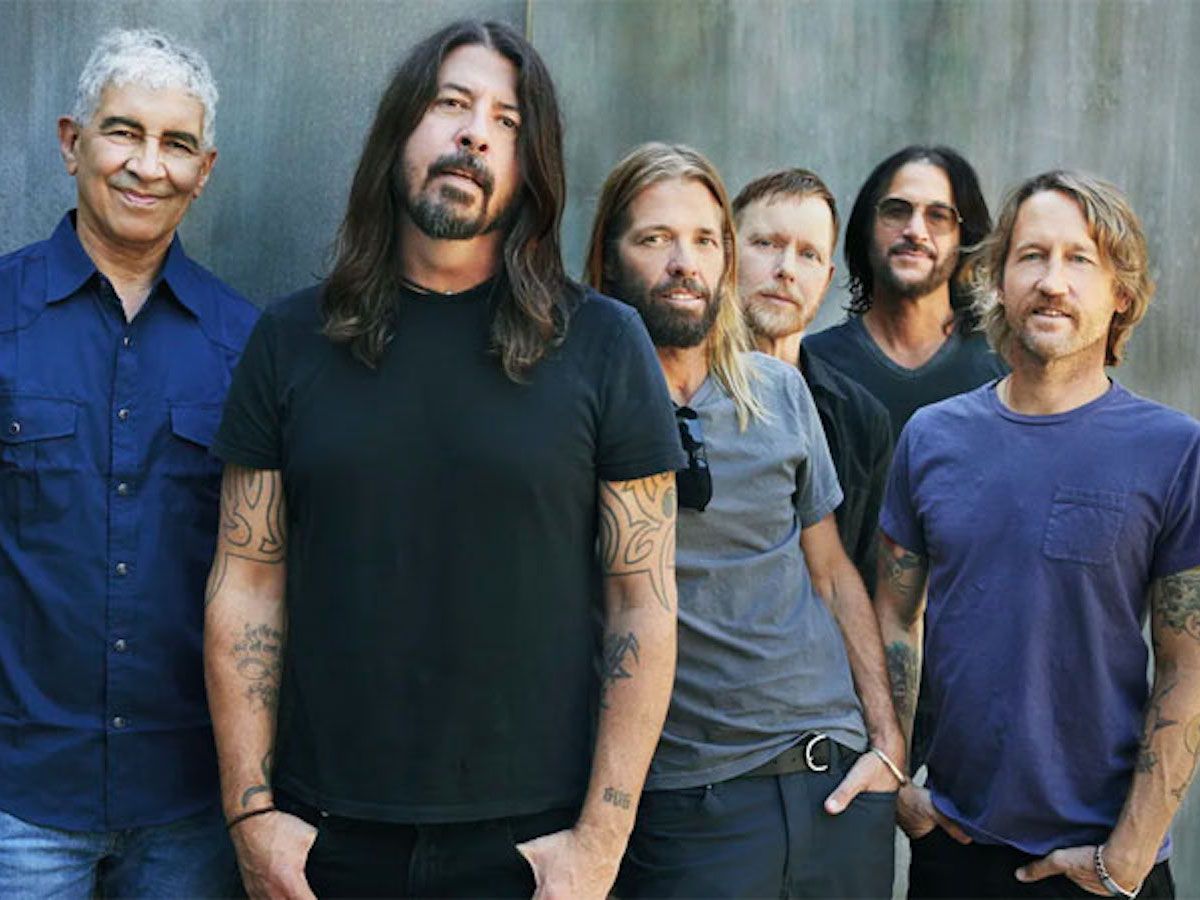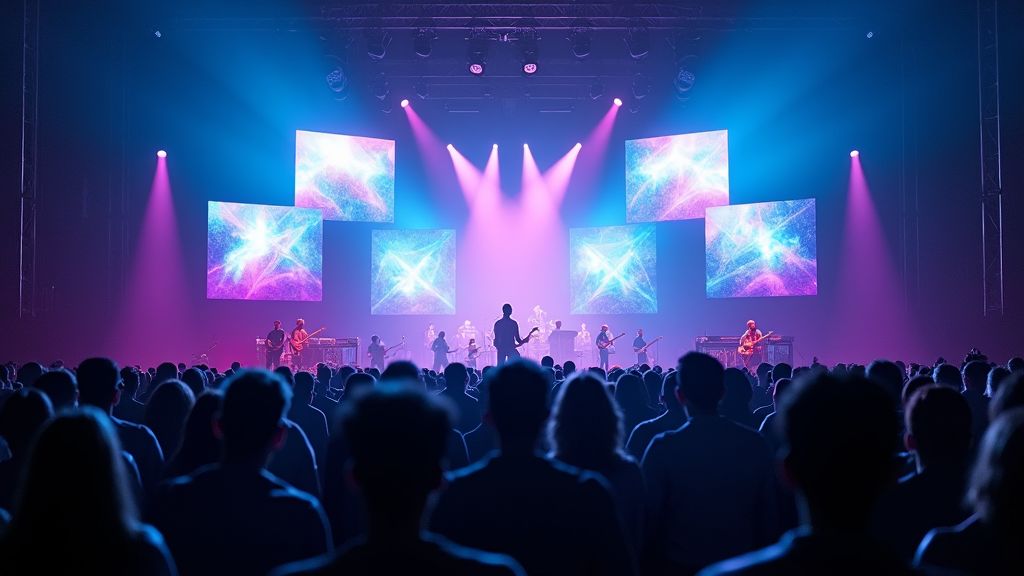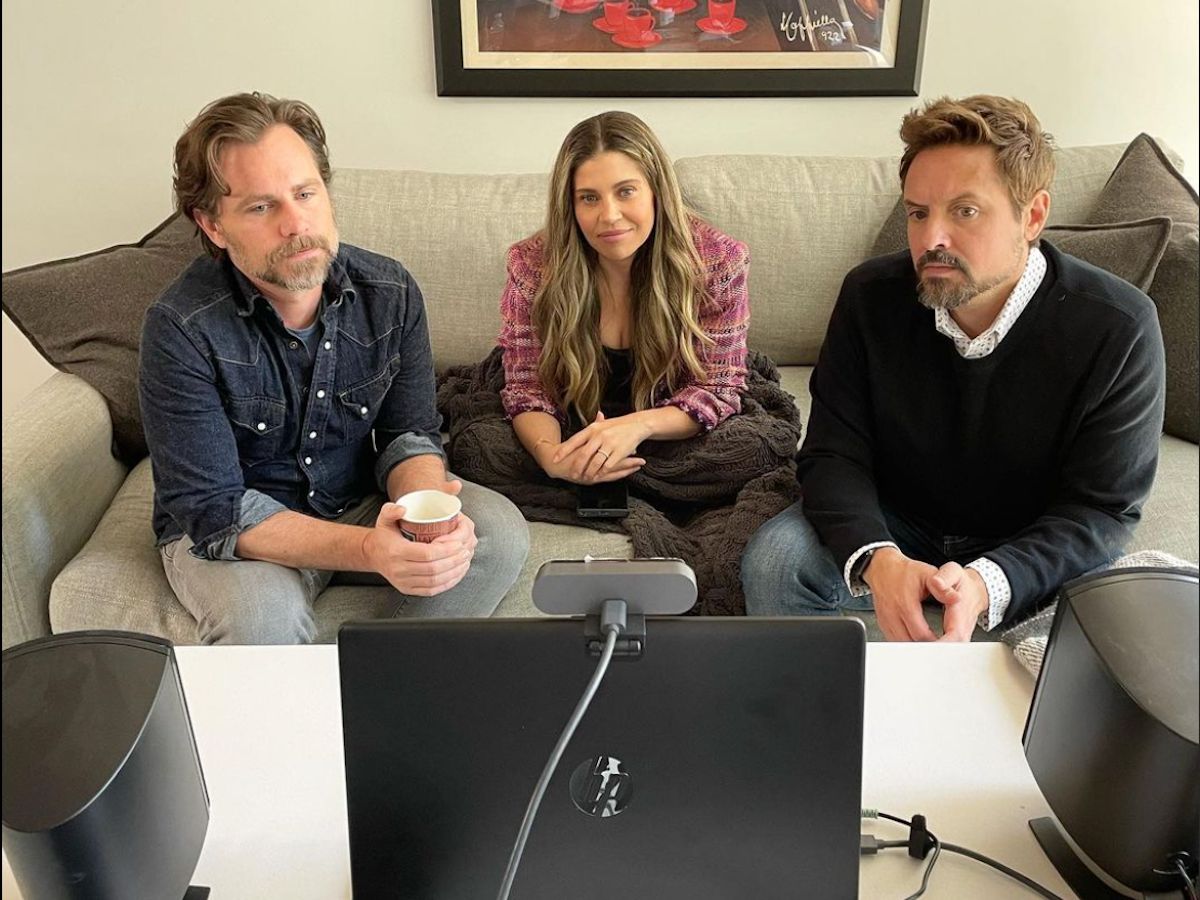Exploring the History of Dance in Cinema
Lights, cameras, action! The enthralling world of dance in cinema has captivated audiences for decades, showcasing the beauty and artistry of movement on the silver screen. From classic musicals to modern dance films, the history of dance in cinema is a rich tapestry of innovation, creativity, and cultural significance.
Early Beginnings
The history of dance in cinema can be traced back to the early days of silent films, where pioneering filmmakers experimented with incorporating dance sequences into their movies. One of the earliest examples of dance in cinema is “The Tango,” a short film from 1903 that featured a couple performing the Argentine tango. This groundbreaking film laid the foundation for the integration of dance into storytelling on the big screen.
Golden Age of Hollywood Musicals
The 1930s to the 1950s is often referred to as the Golden Age of Hollywood Musicals, a period marked by elaborate dance numbers and dazzling choreography. Iconic films such as “Singin’ in the Rain” and “An American in Paris” showcased the talents of legendary dancers like Gene Kelly and Fred Astaire, elevating dance to an art form in cinema. These musicals not only entertained audiences but also pushed the boundaries of what was possible in dance on film.
Modern Era of Dance Films
In recent years, the landscape of dance in cinema has evolved with the rise of modern dance films that explore a wide range of styles and themes. From the urban dance battles of “Step Up” to the powerful storytelling of “Black Swan,” contemporary dance films continue to push artistic boundaries and challenge traditional notions of choreography. This resurgence of interest in dance on film has reinvigorated the genre, attracting a new generation of viewers to the magic of movement.
The Impact of Dance in Cinema
Dance in cinema has had a profound impact on the way we experience storytelling and visual art. Through the innovative use of choreography, cinematography, and music, filmmakers have been able to convey emotions, convey narratives, and create immersive worlds that captivate and inspire audiences. Dance in cinema transcends language and cultural barriers, speaking to the universal language of movement and expression.
The Fusion of Cultures through Dance
Dance in cinema has also served as a powerful medium for cultural fusion, blending styles and influences from around the world. Films like “Slumdog Millionaire” introduced audiences to Bollywood-inspired dance sequences, while movies like “West Side Story” brought Latin-inspired dance into the mainstream. By showcasing diverse dance forms, cinema has allowed different cultures to intersect and connect, fostering a deeper understanding and appreciation of global traditions.
Dance as a Tool for Social Commentary
Beyond entertainment, dance in cinema has been used as a tool for social commentary, shedding light on societal issues and personal struggles. For example, “Dirty Dancing” not only celebrated dance but also touched on topics like class and personal liberation. Similarly, “Billy Elliot” explored the journey of a young boy overcoming social barriers to pursue ballet, challenging stereotypes and promoting self-expression. Through these narratives, dance in cinema has become a vehicle for addressing social change and resilience.
The Role of Technology in Dance Cinematography
The evolution of film technology has significantly enhanced the way dance is captured on screen. High-definition cameras, advanced editing techniques, and CGI have allowed filmmakers to experiment with new angles and effects, creating immersive dance sequences. The use of drones and slow-motion shots, for instance, adds a dynamic layer to choreography, giving audiences a front-row seat to each step, spin, and leap. This technological evolution has elevated dance scenes, making them more visually engaging than ever.
The Future of Dance in Cinema
As dance continues to evolve, so does its place in cinema. The rise of dance-focused streaming series and documentaries highlights a growing appetite for dance in mainstream media. Additionally, the collaboration between choreographers and filmmakers is reaching new heights, promising more innovative and boundary-pushing productions. With technology and creativity converging, the future of dance in cinema holds endless possibilities for storytelling, expression, and artistry.













